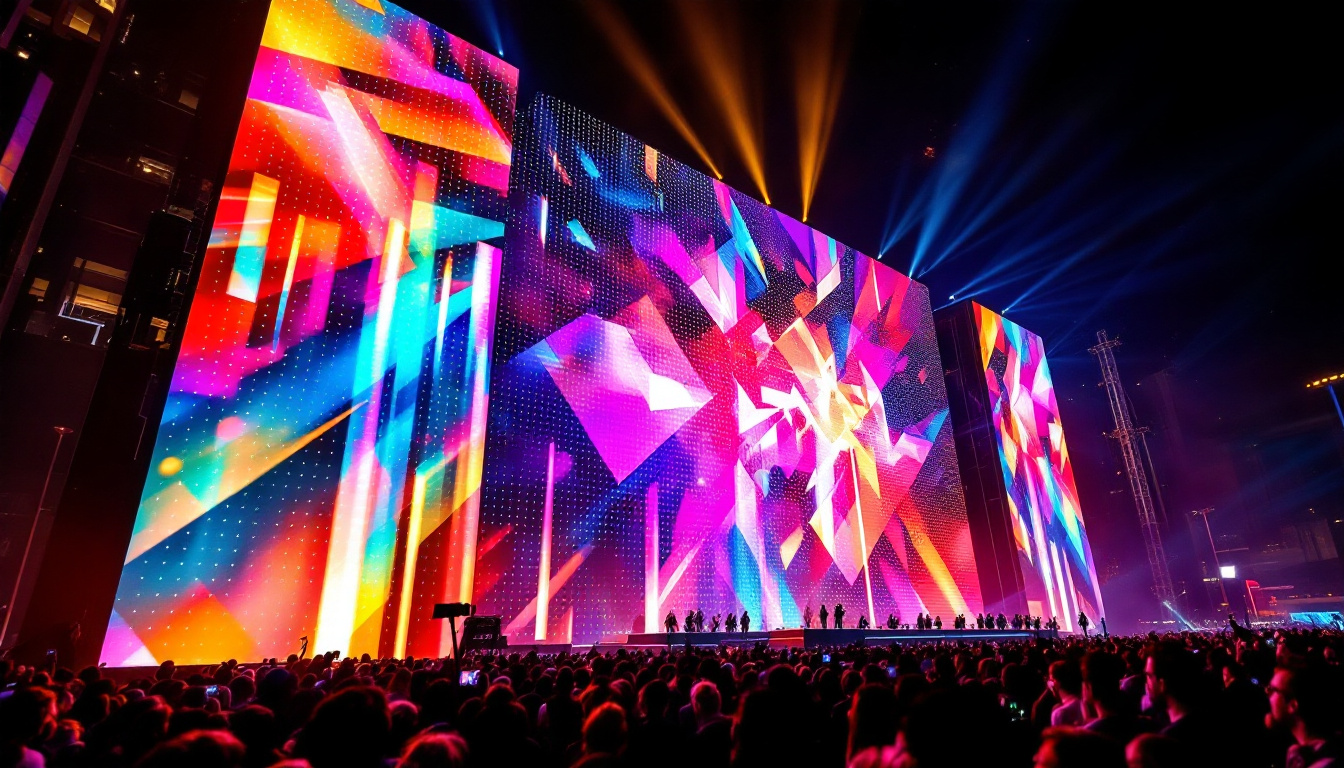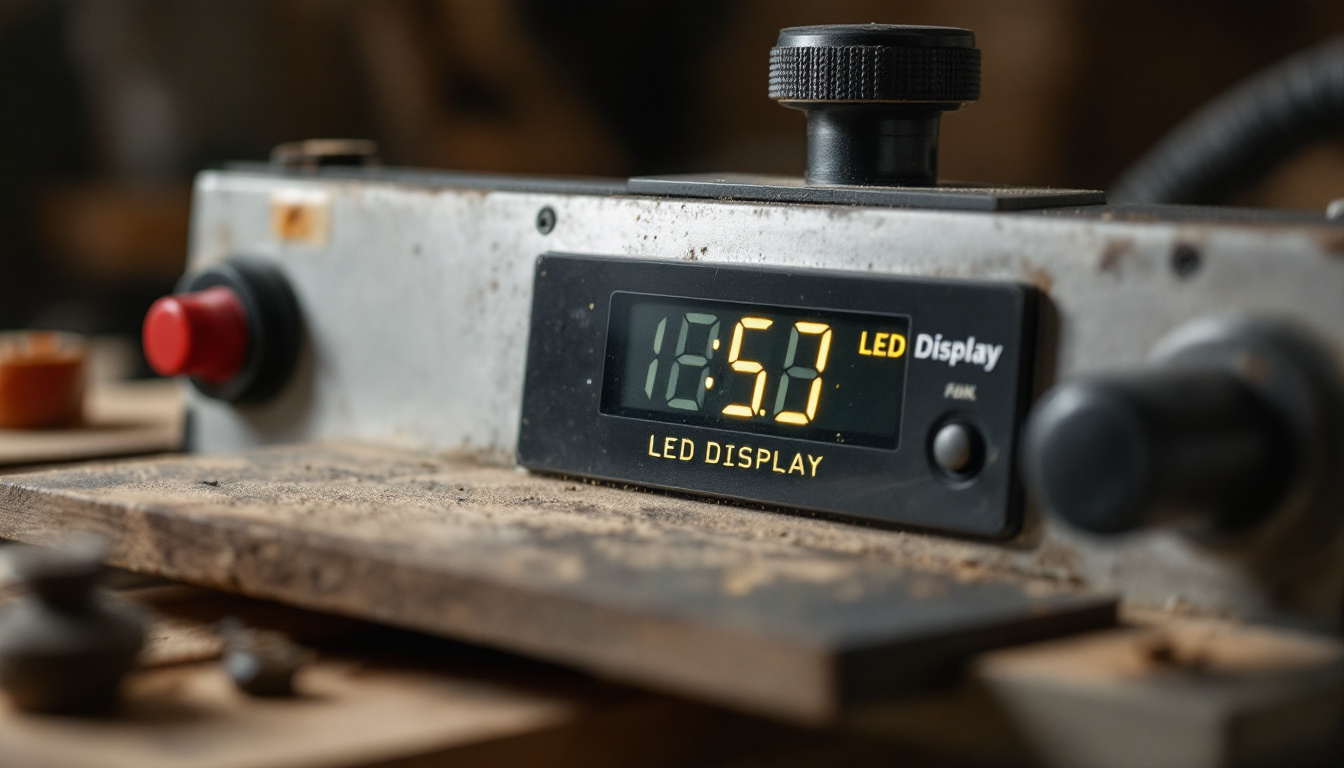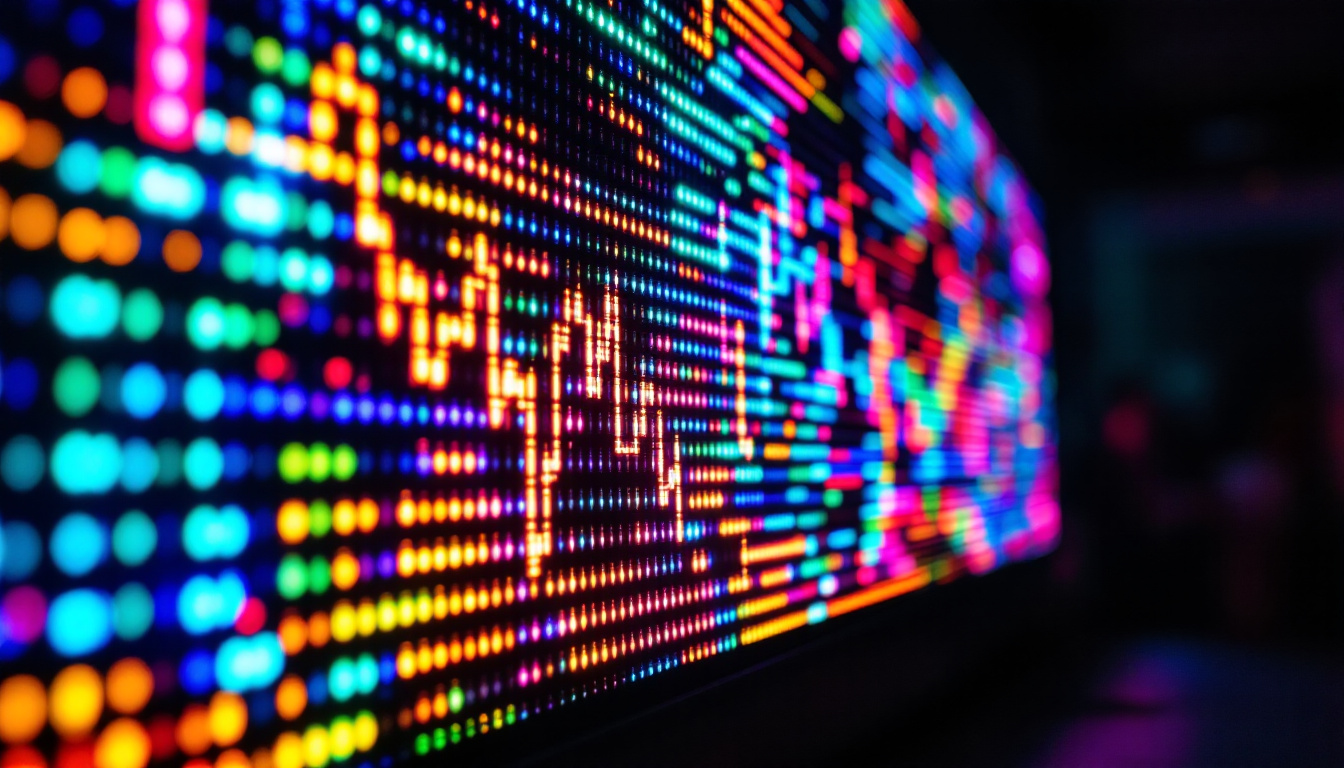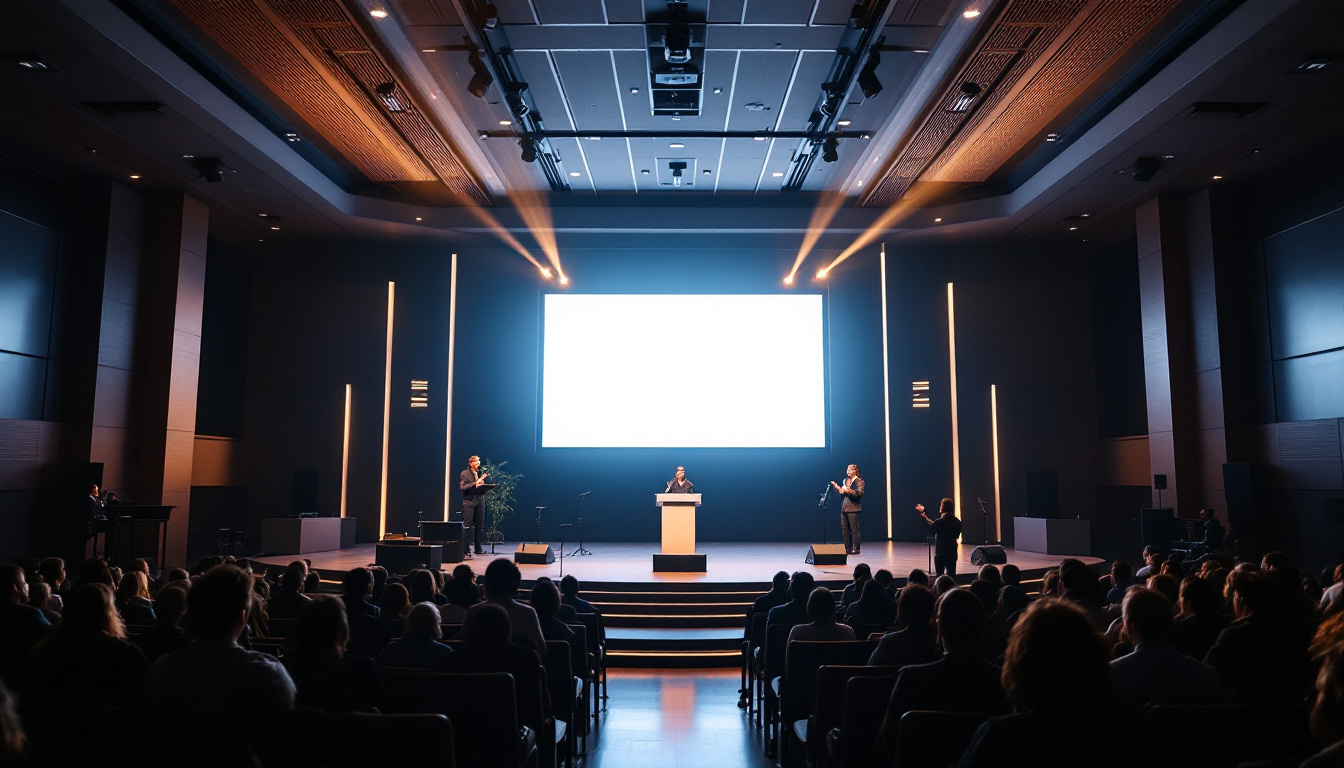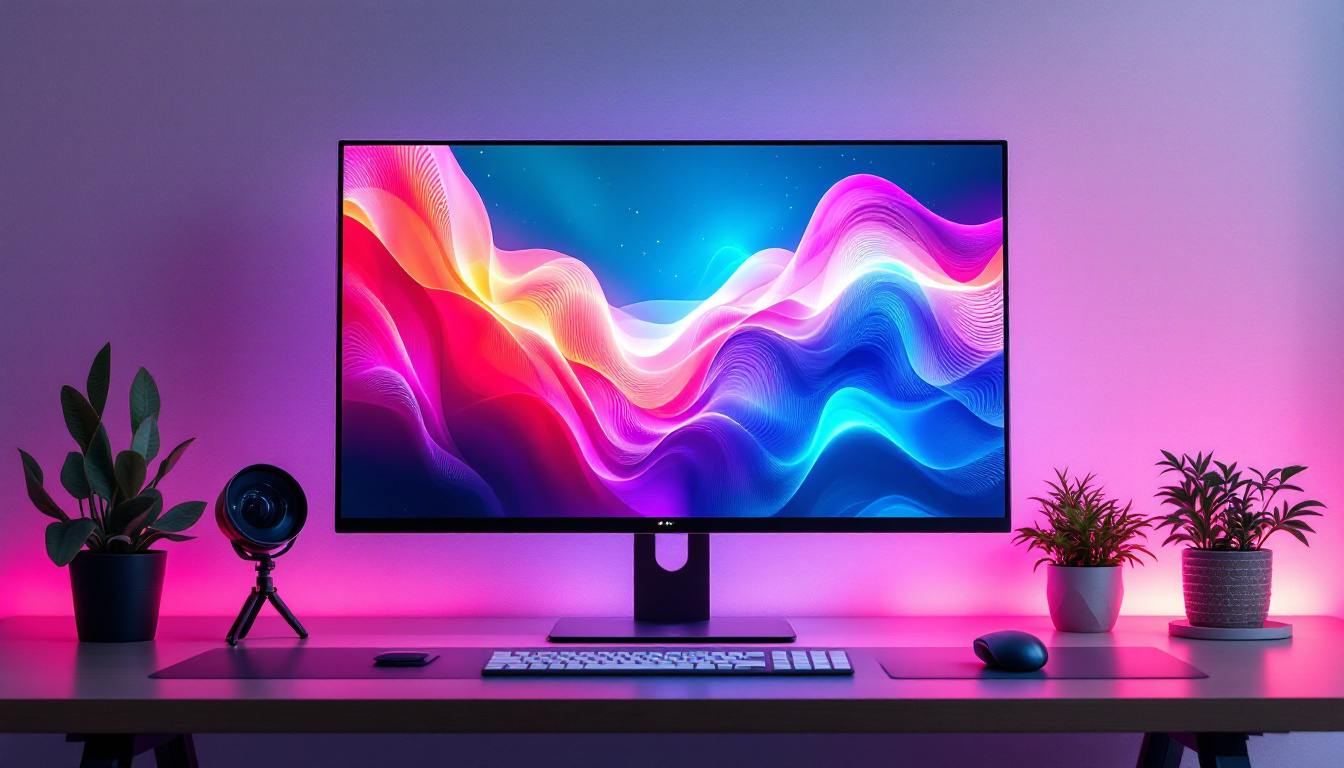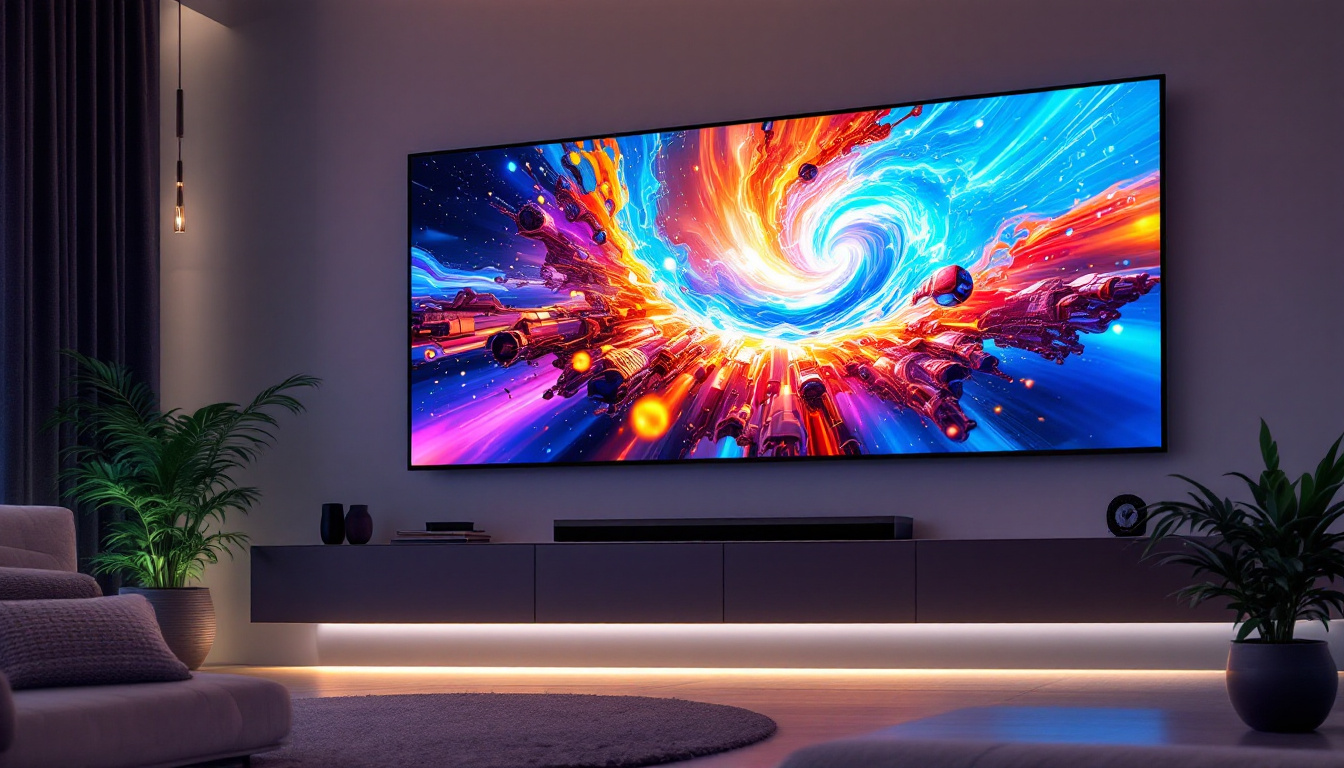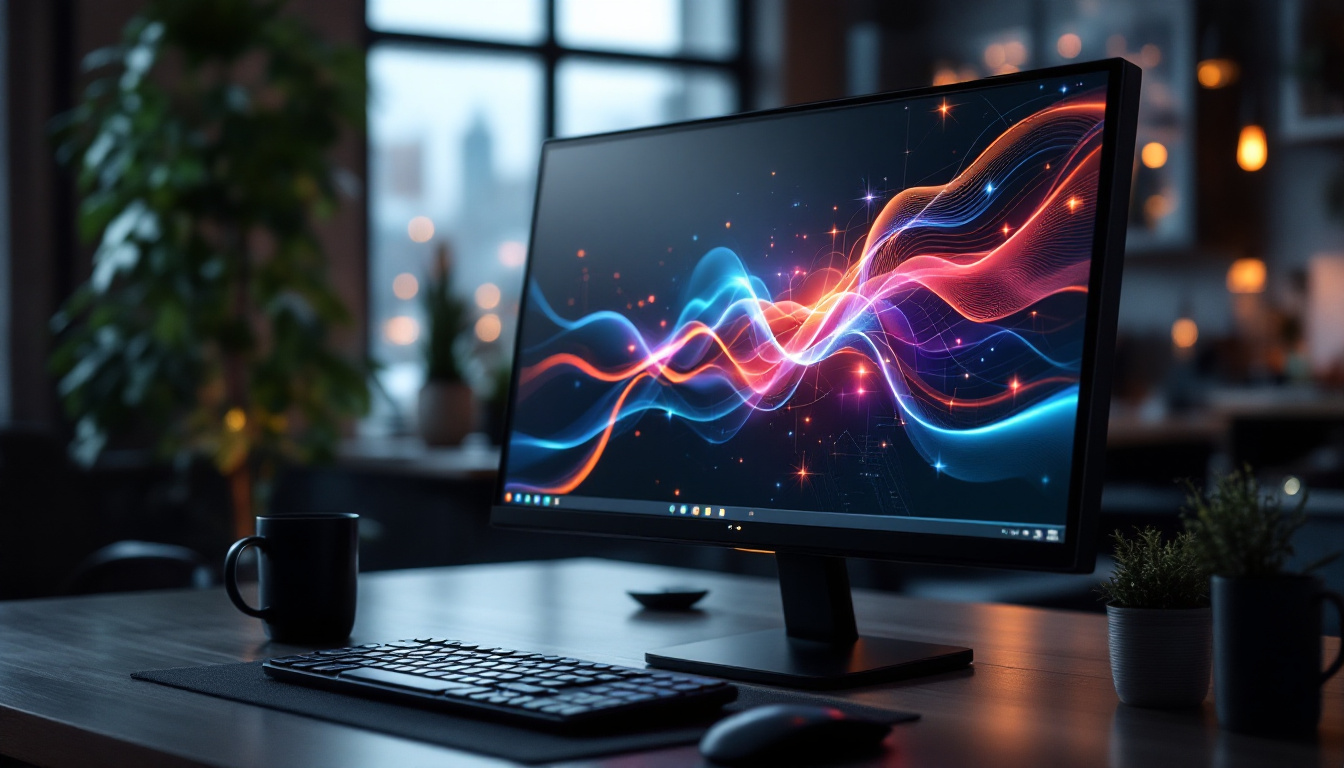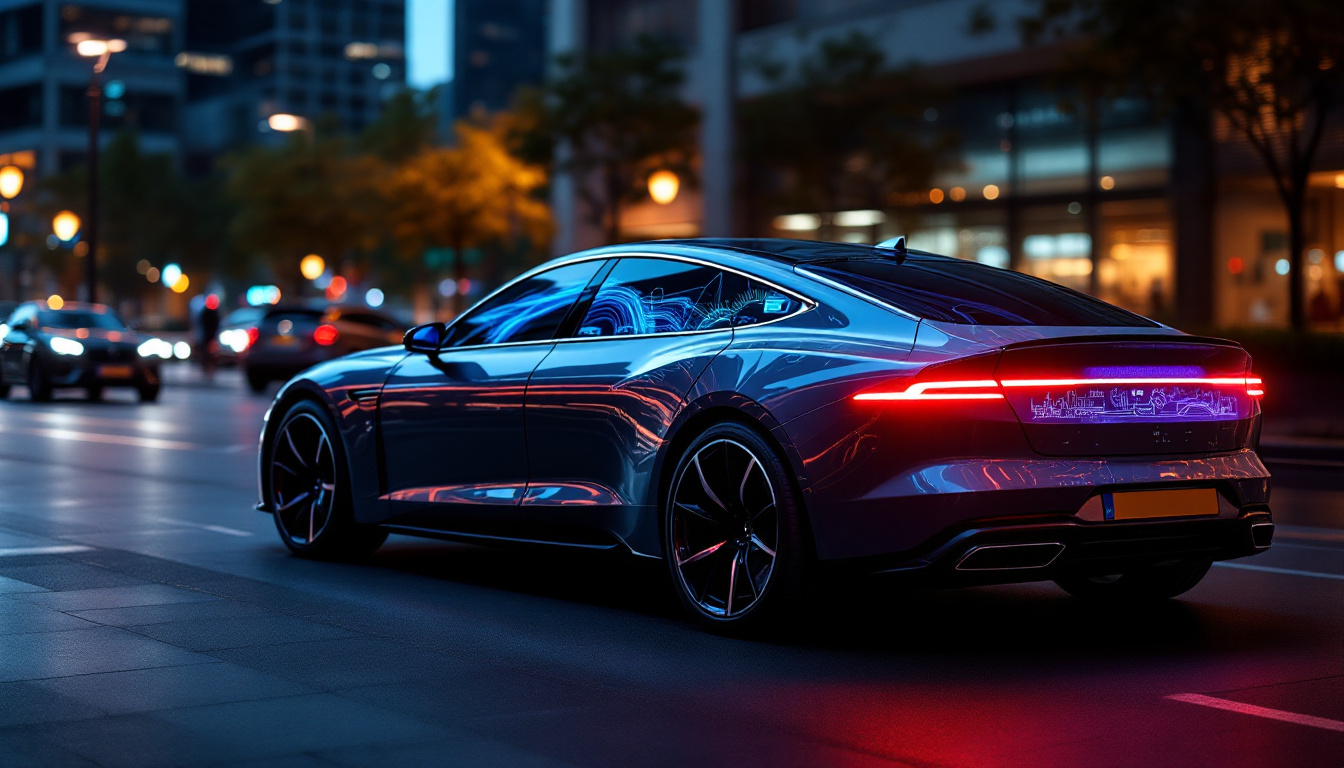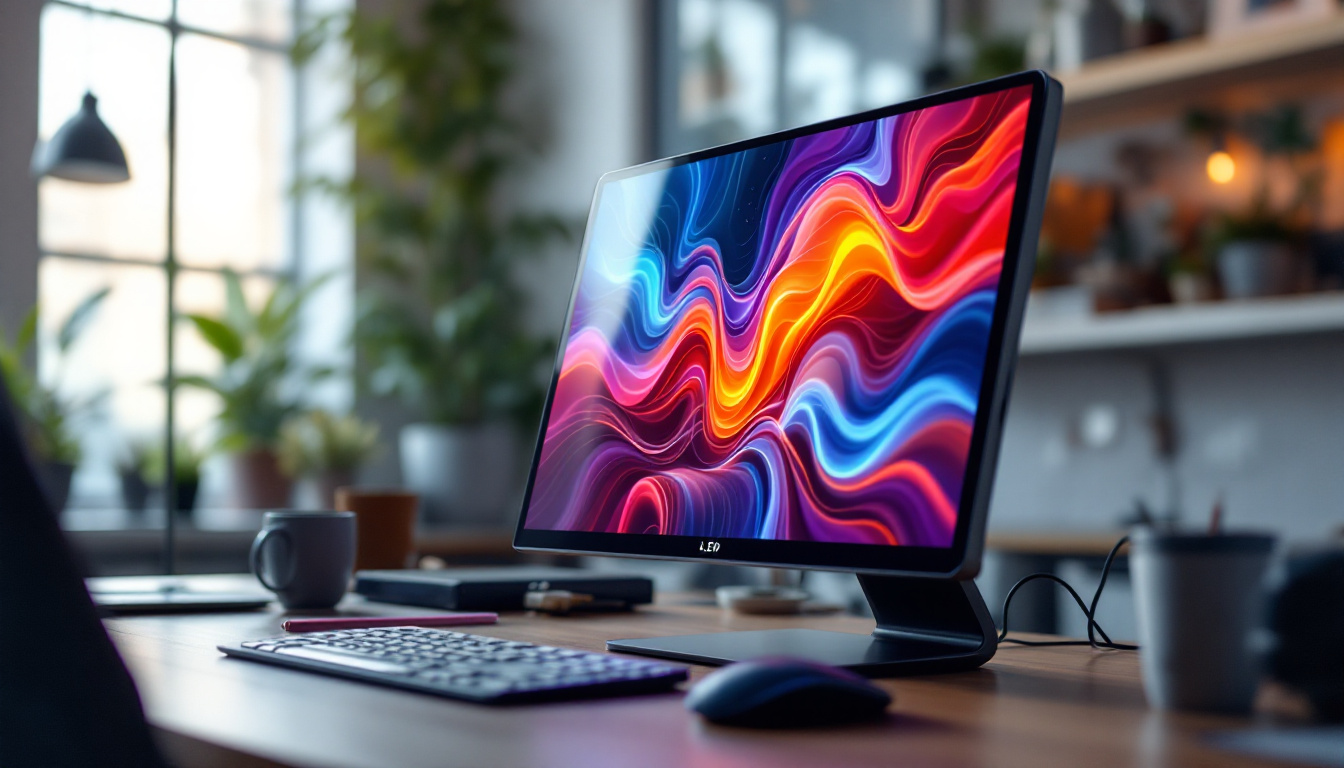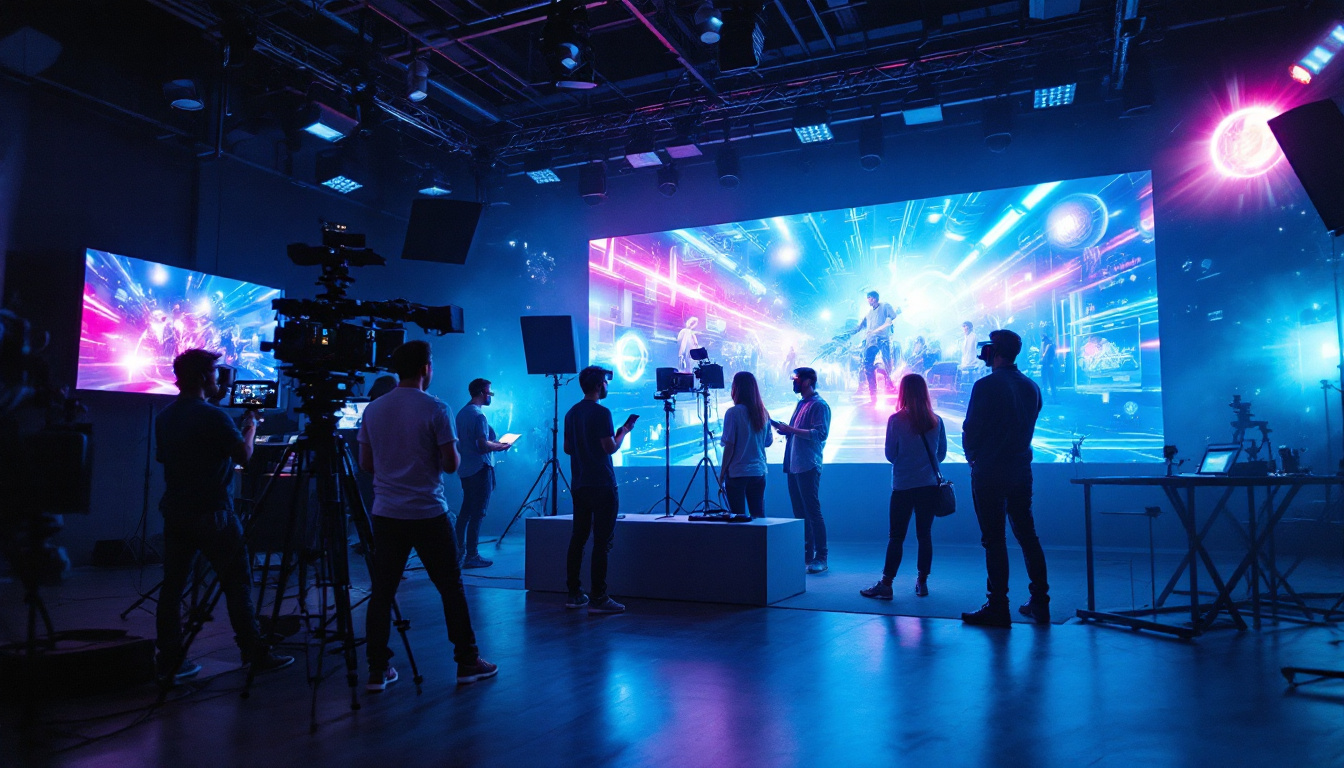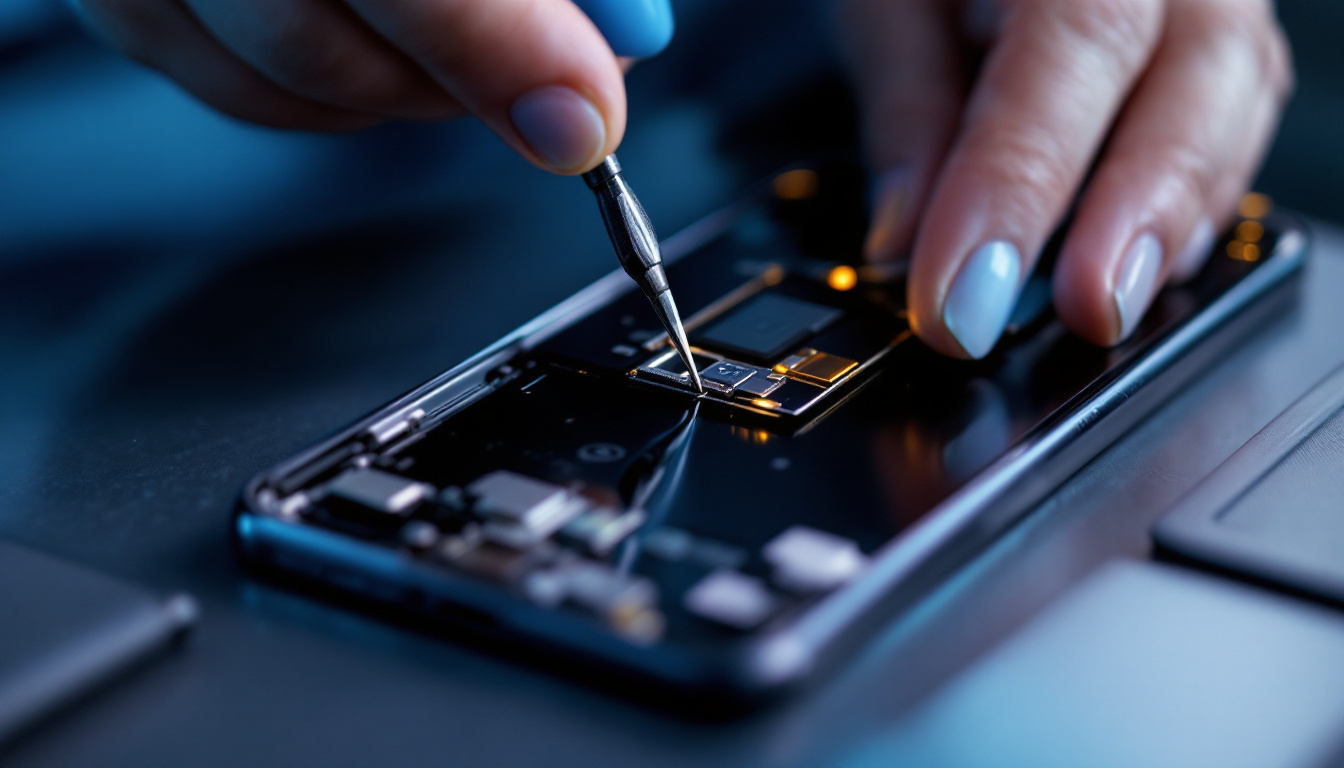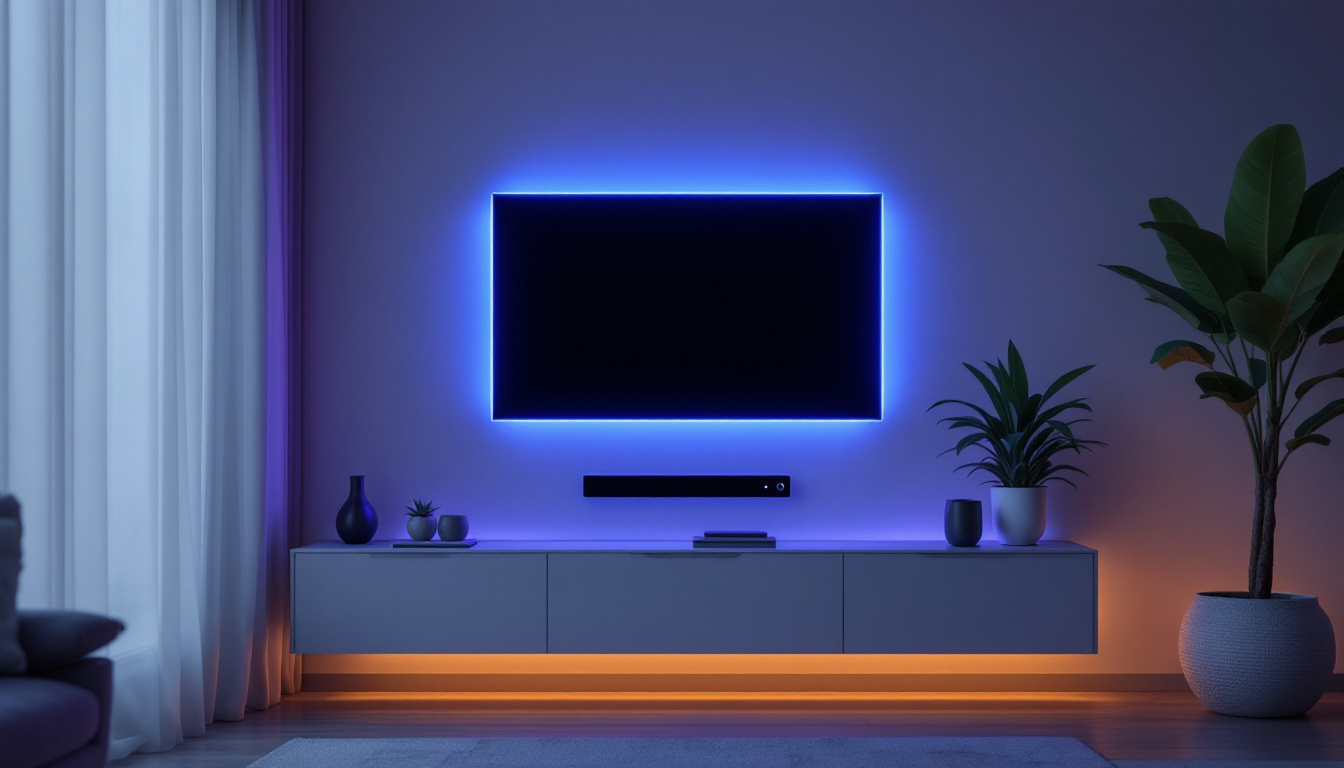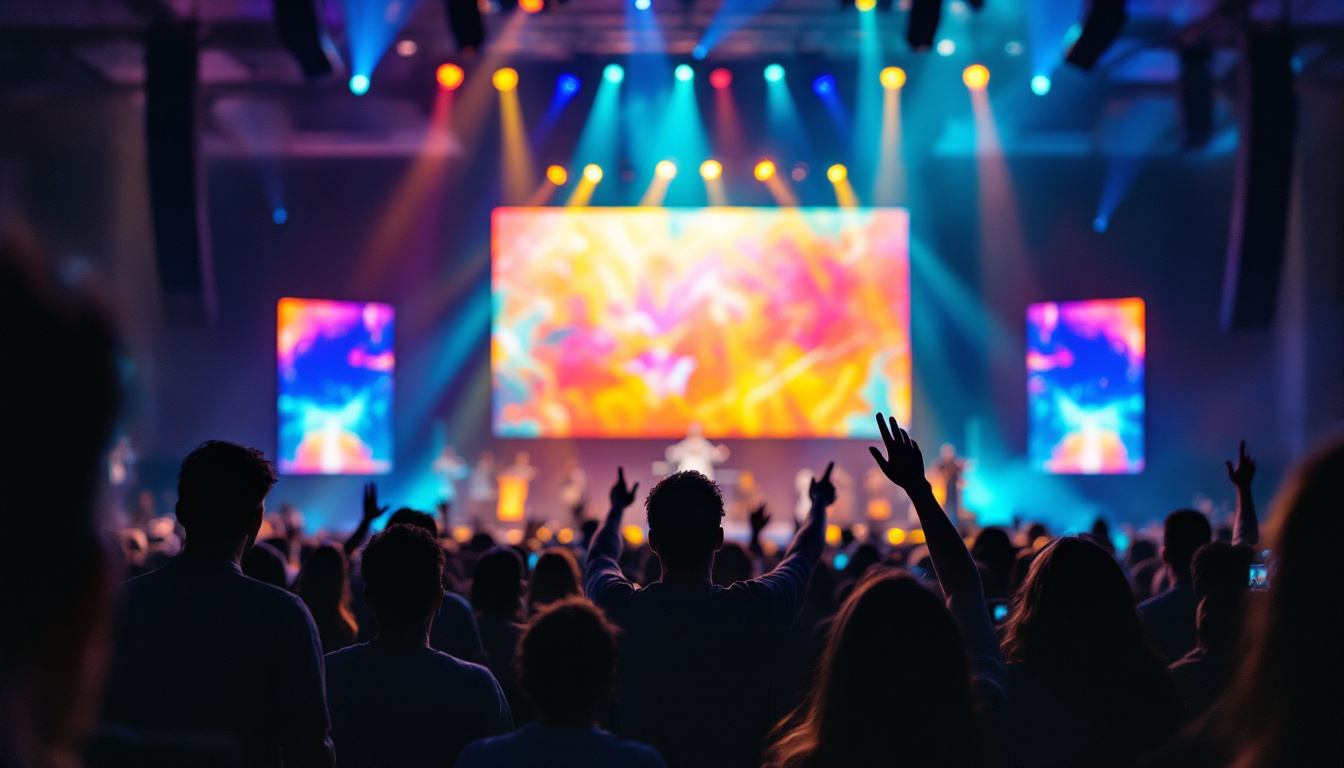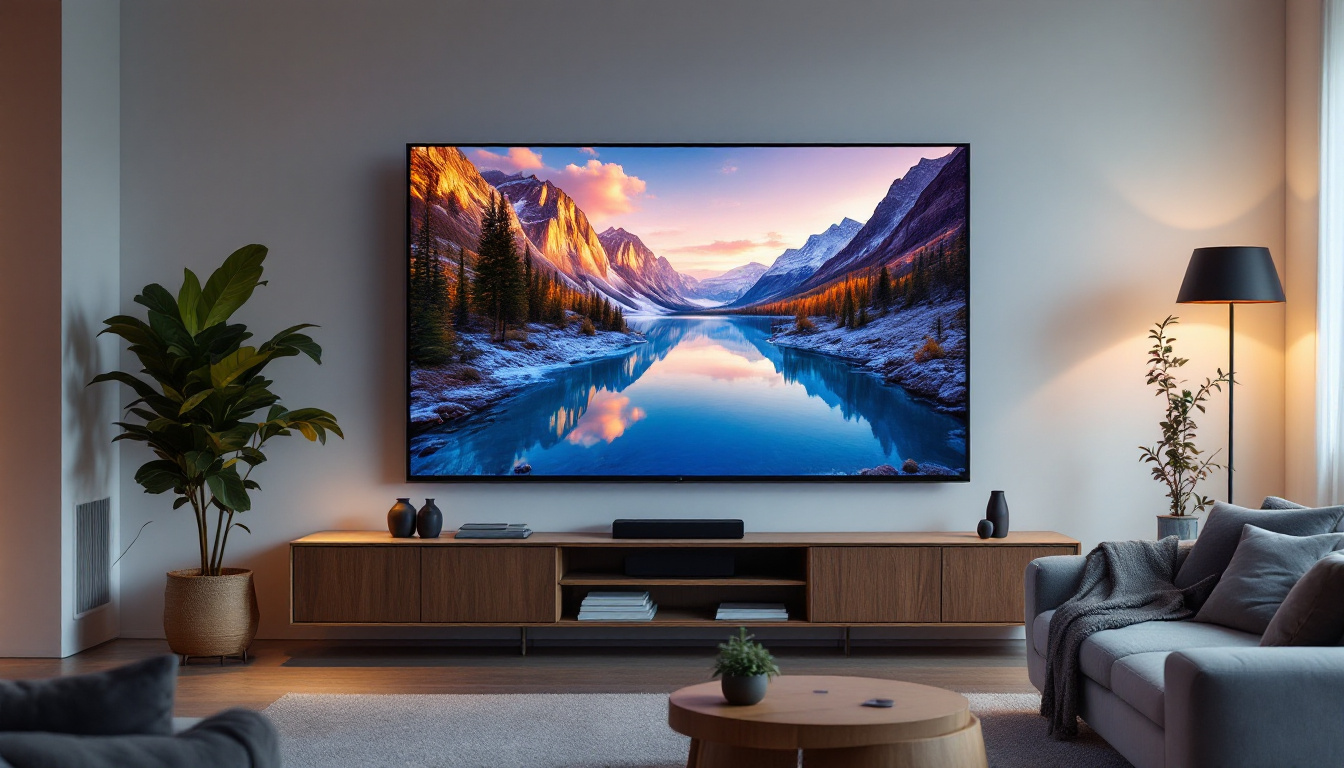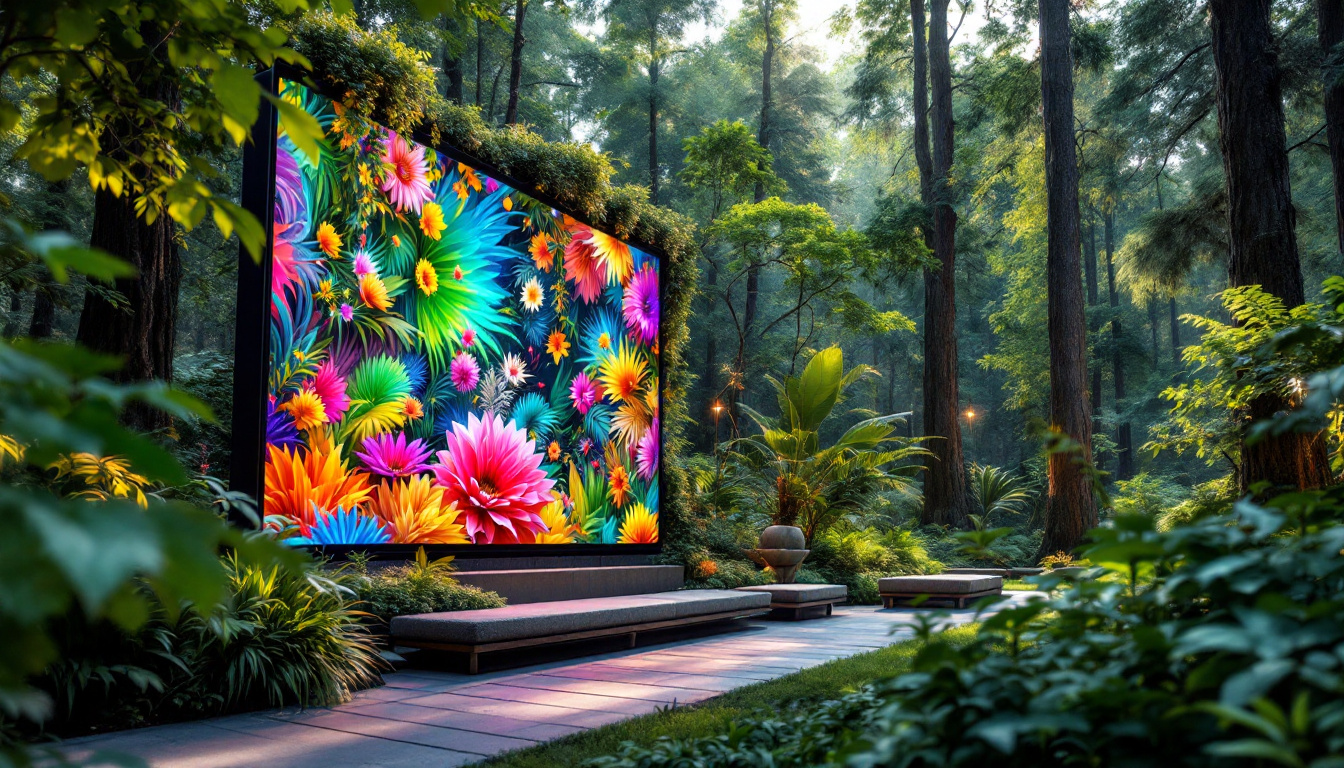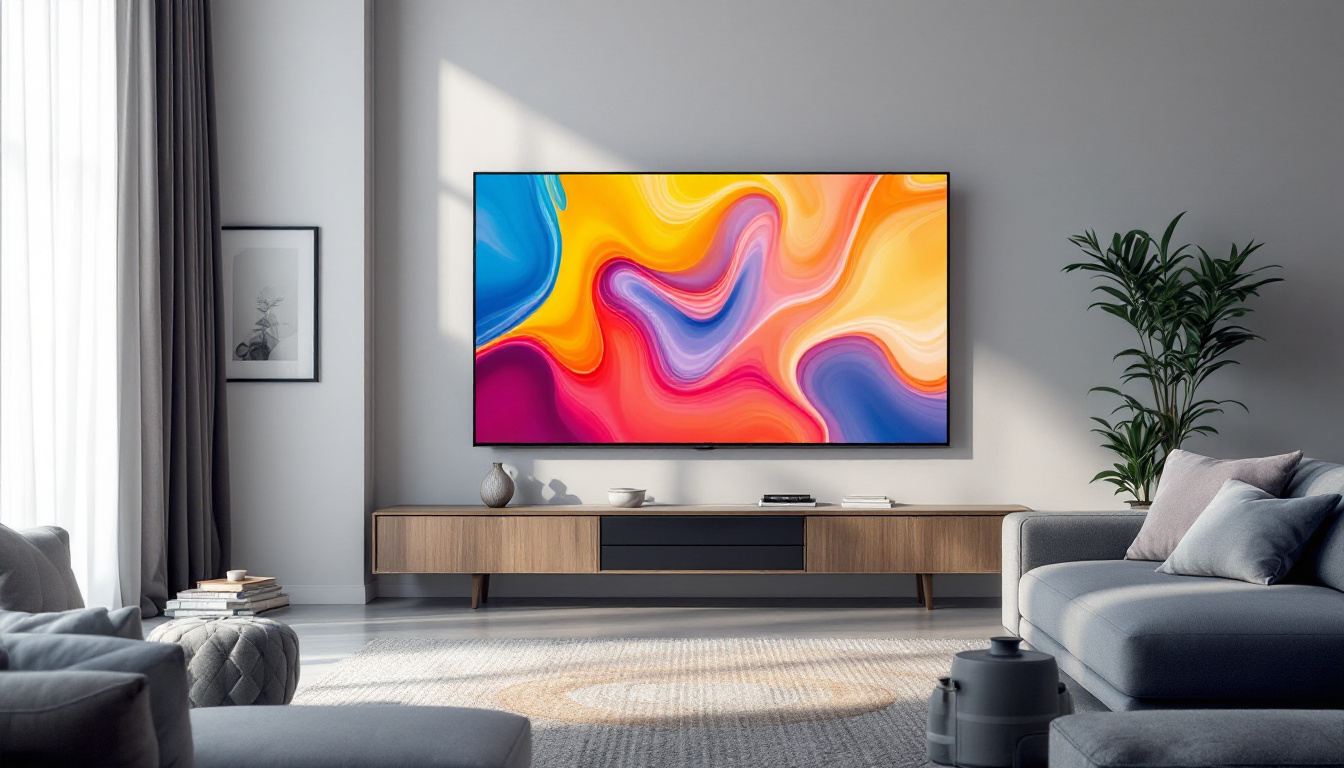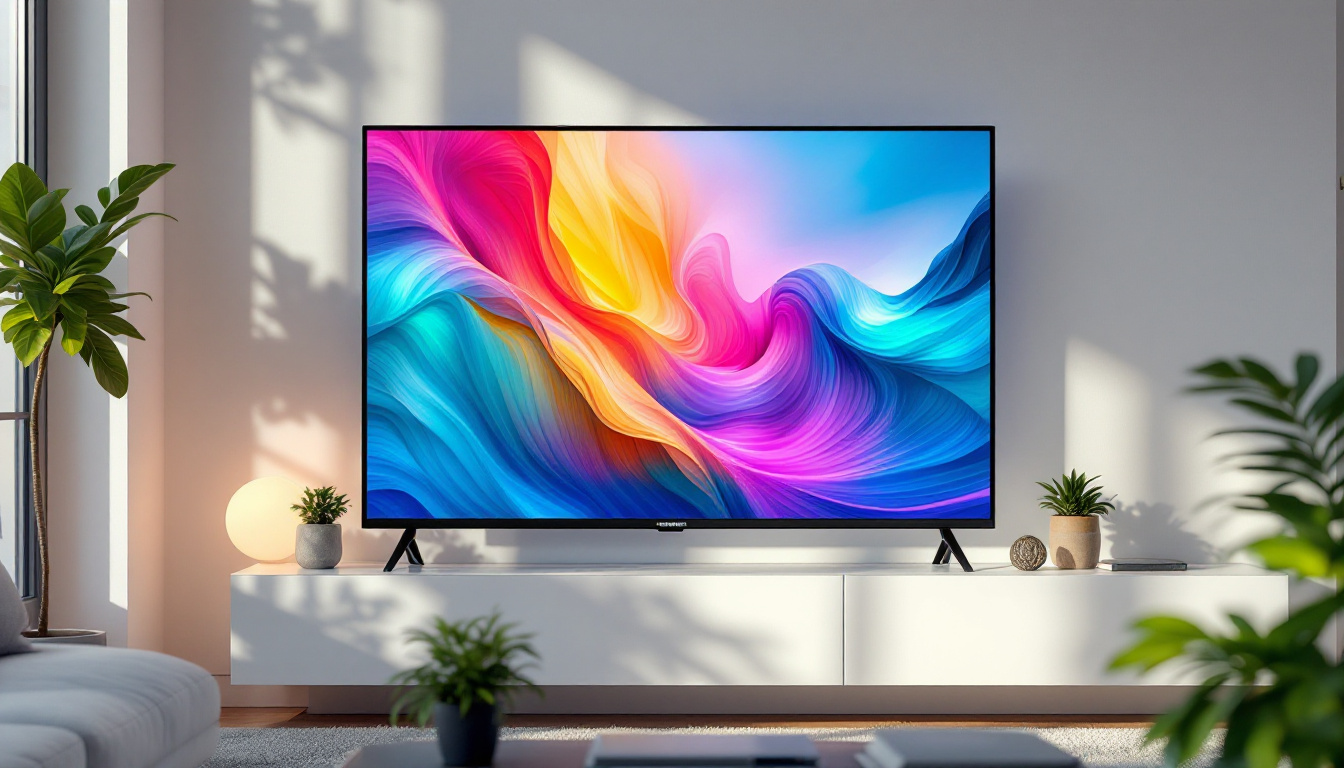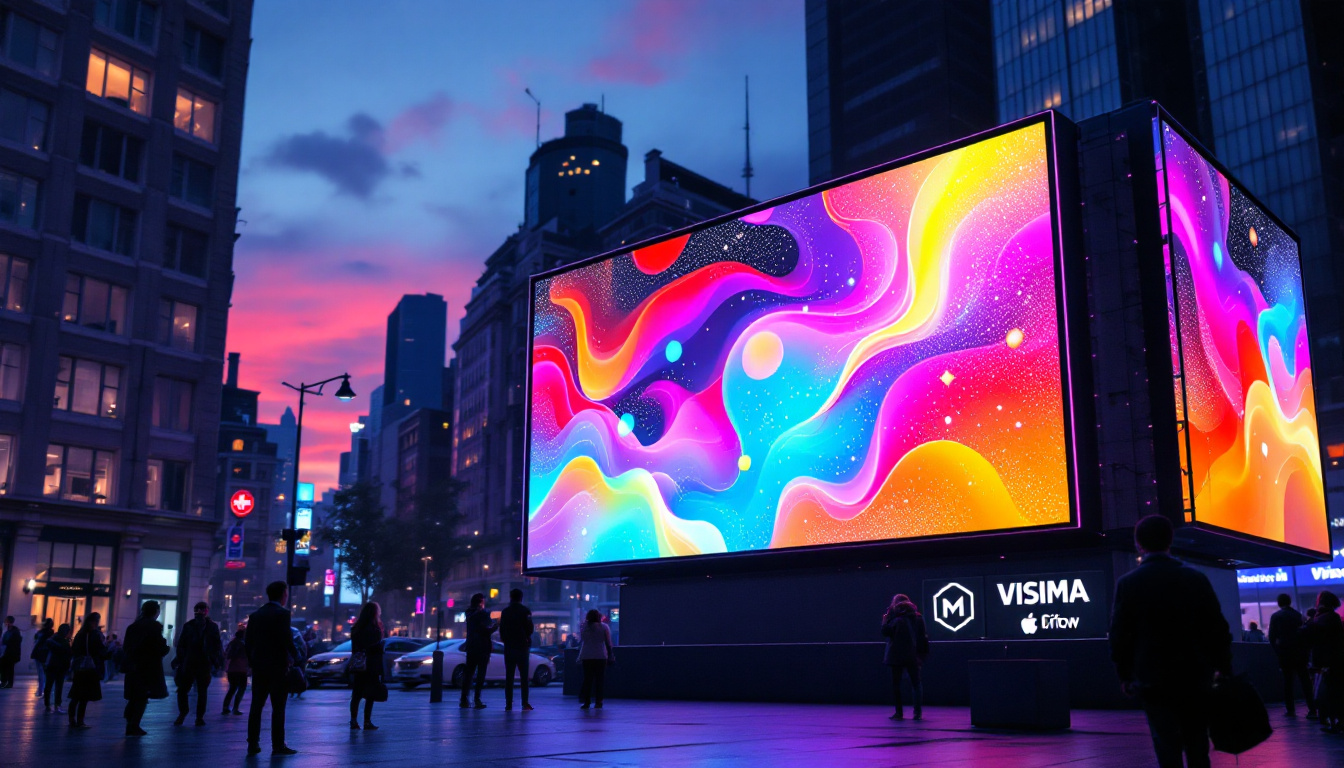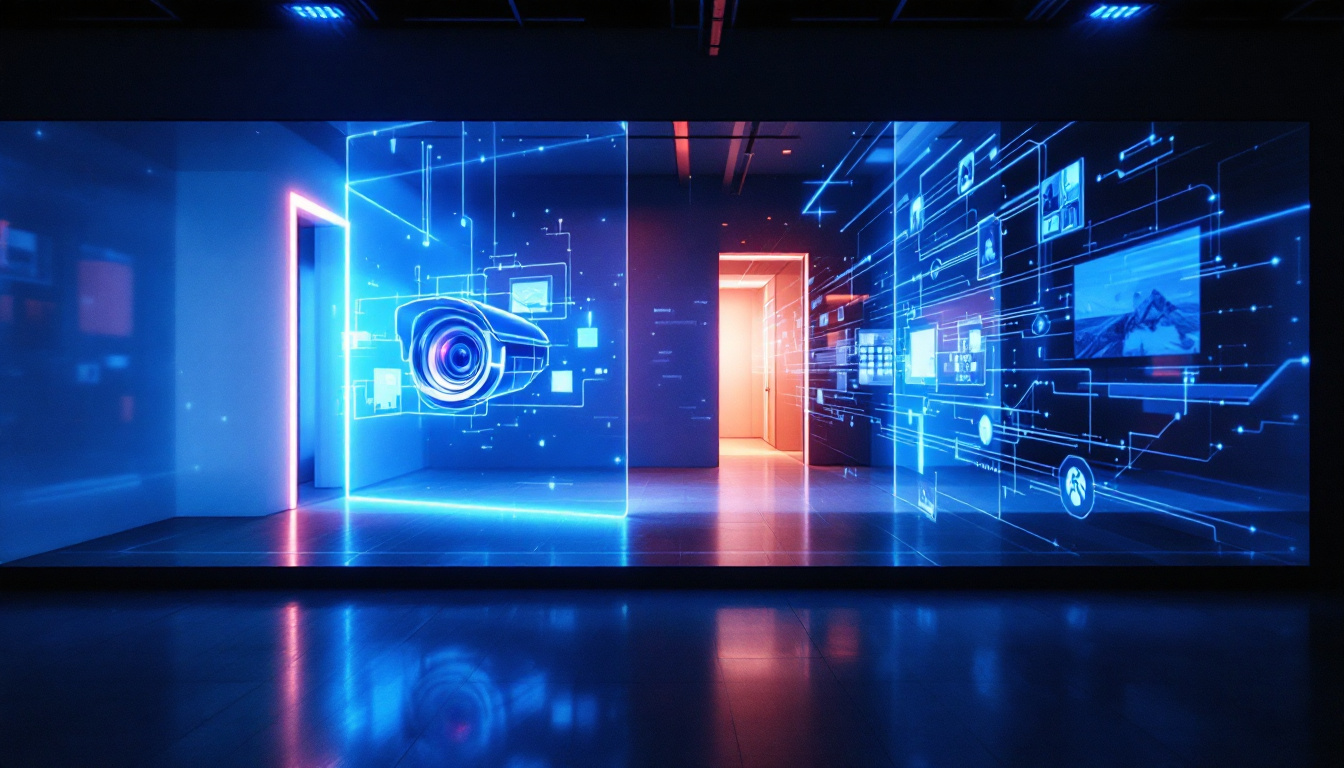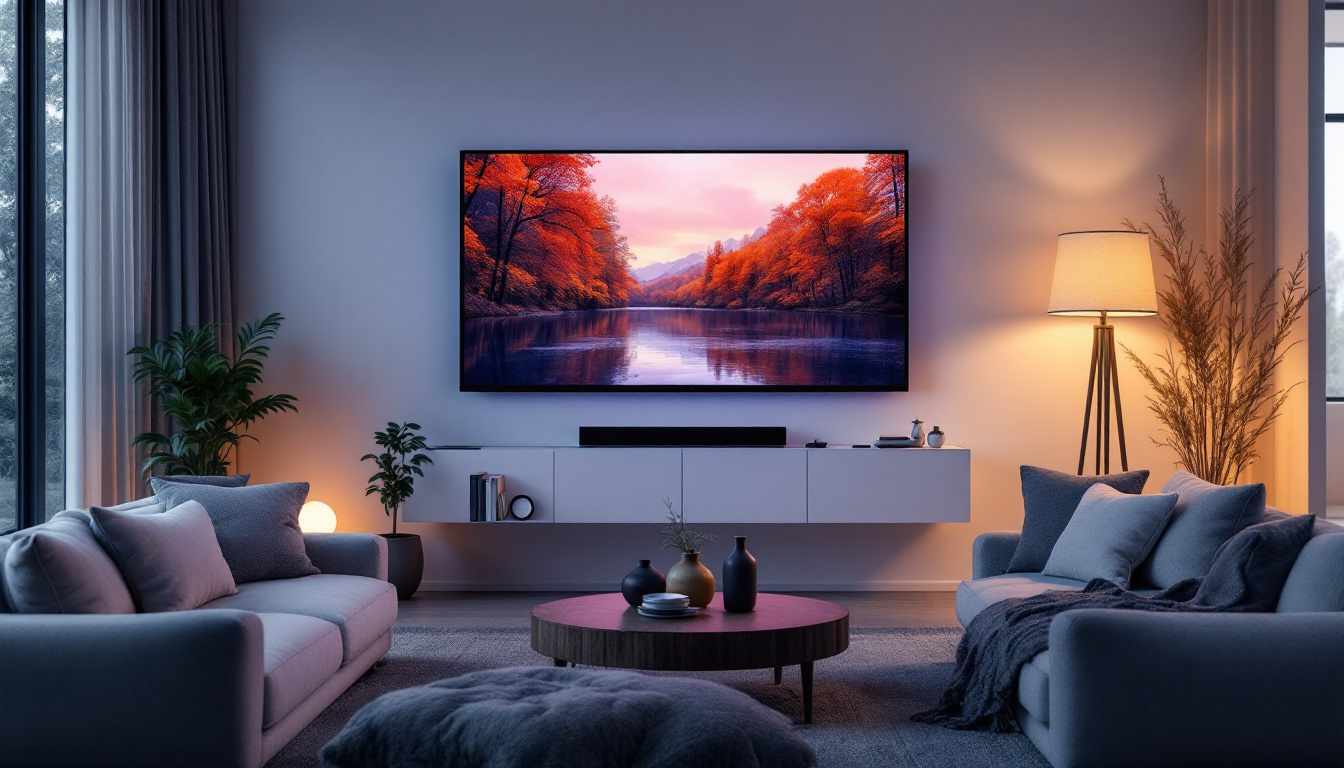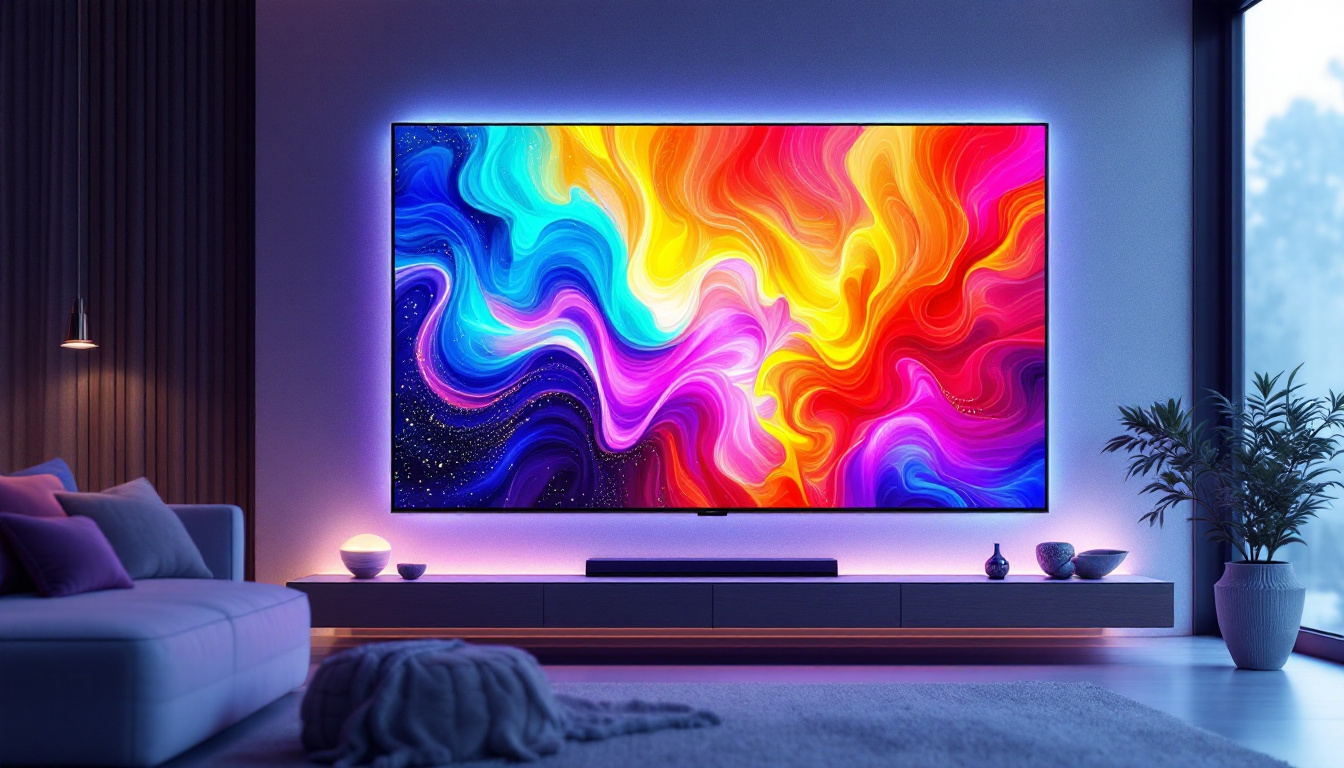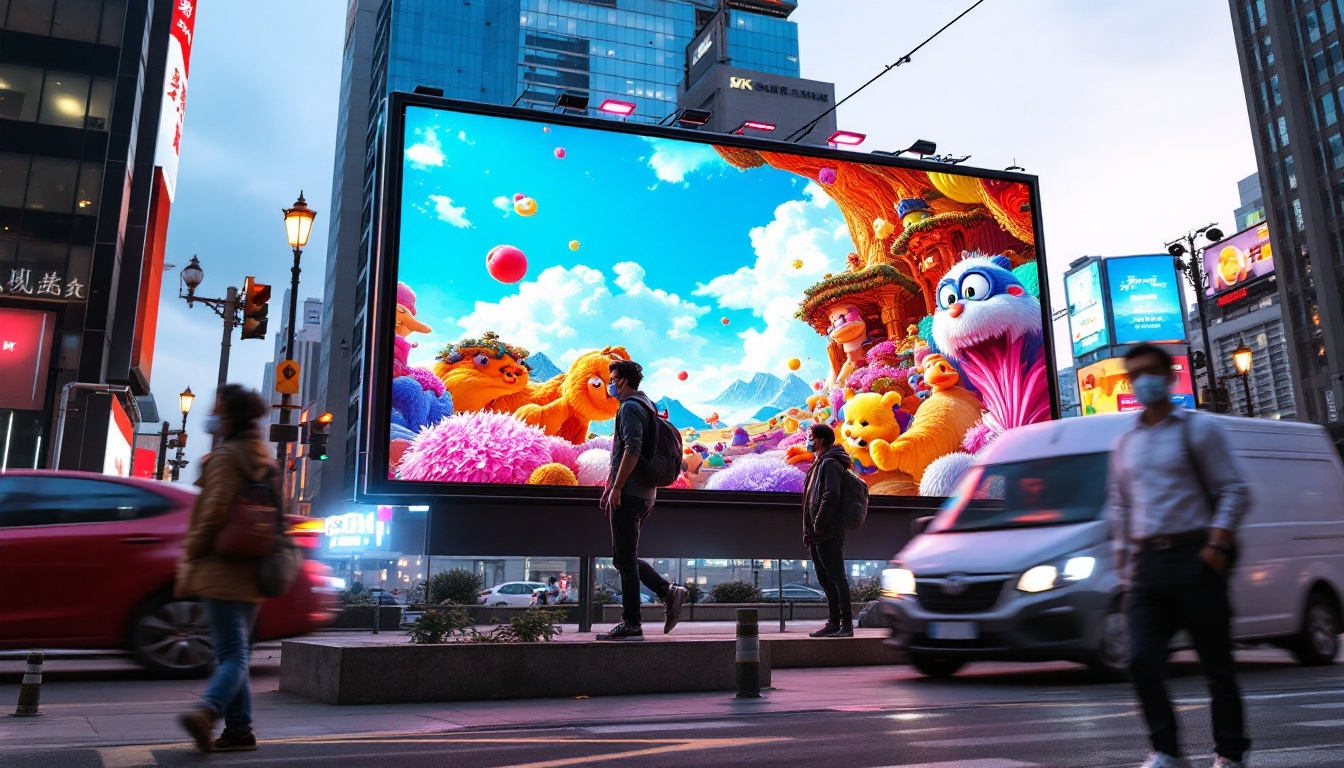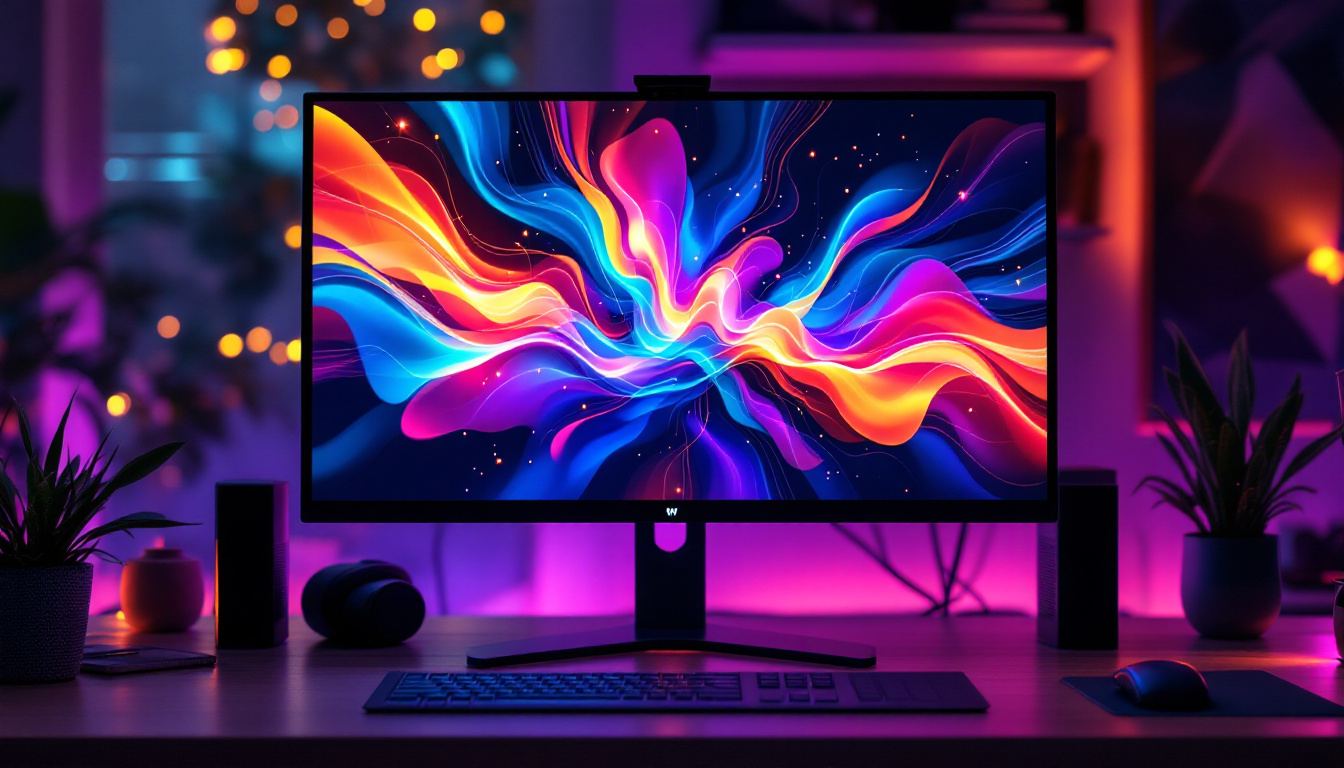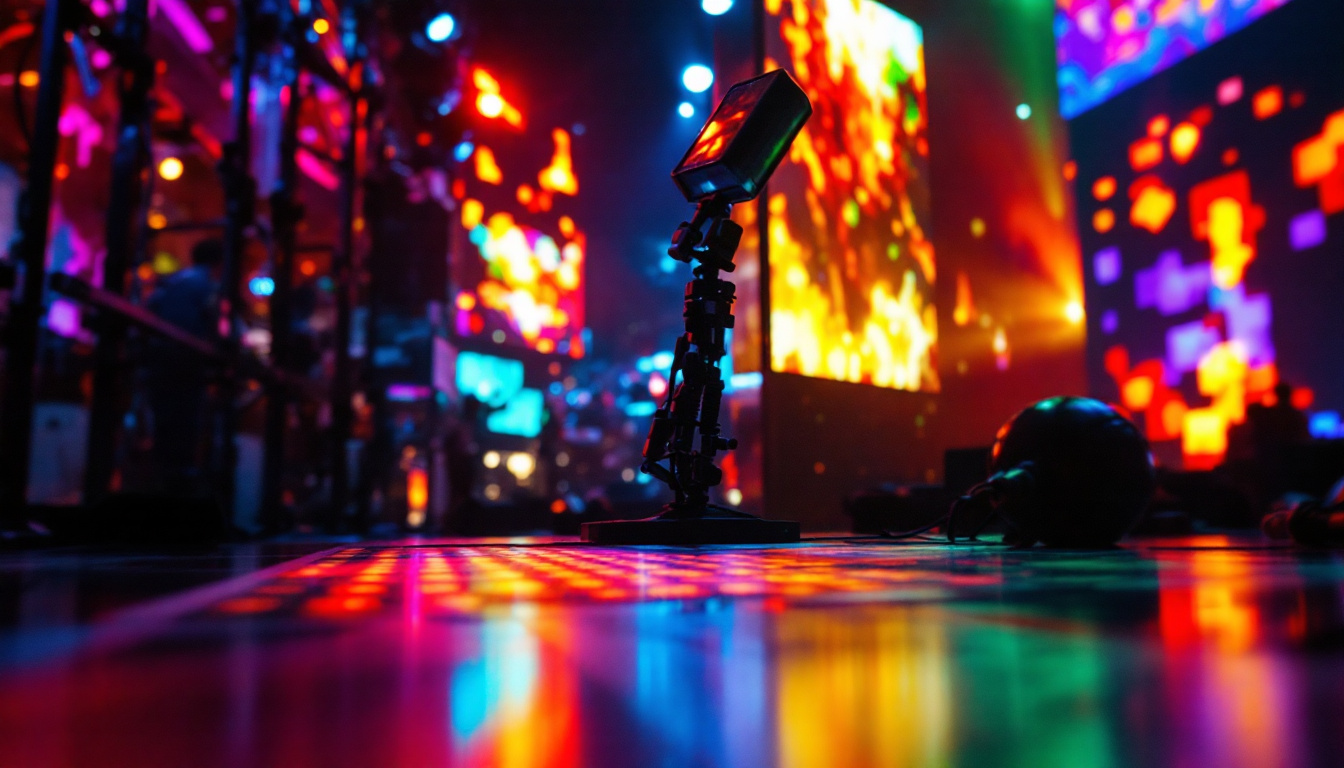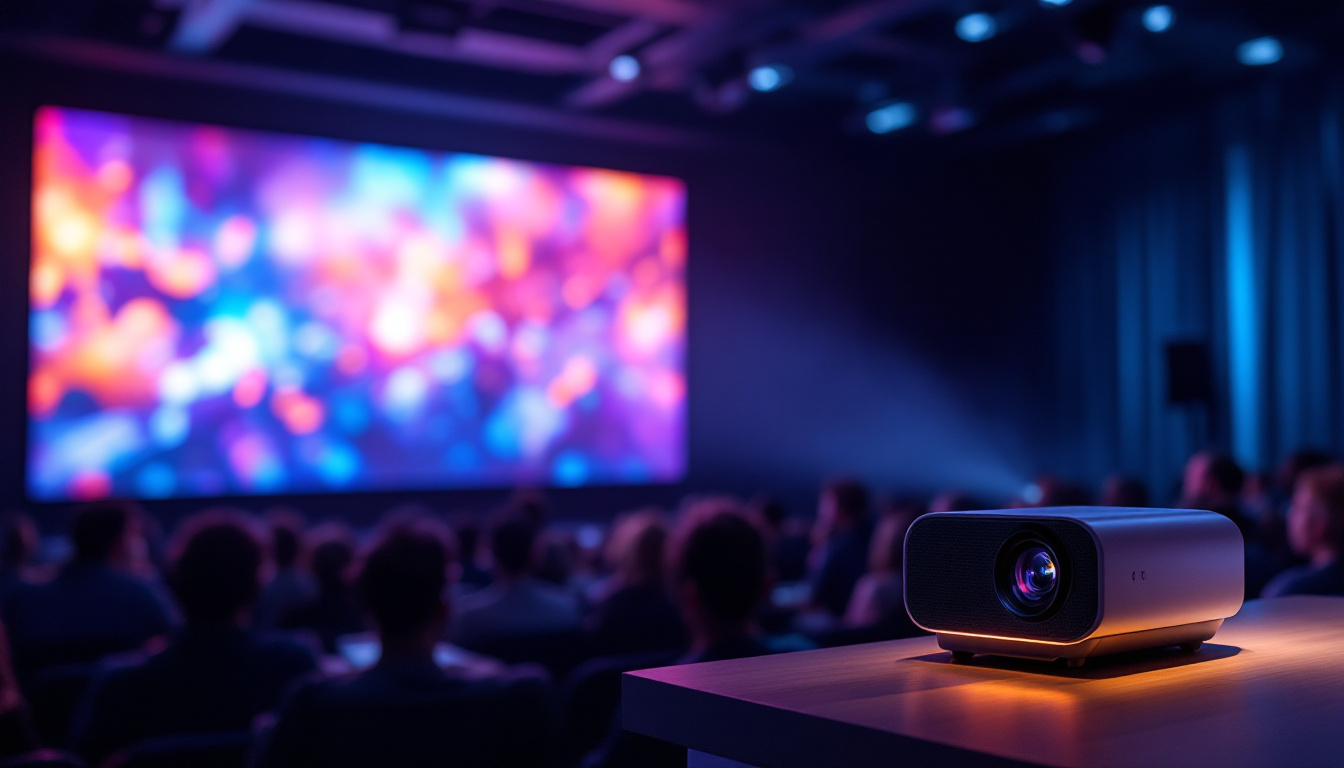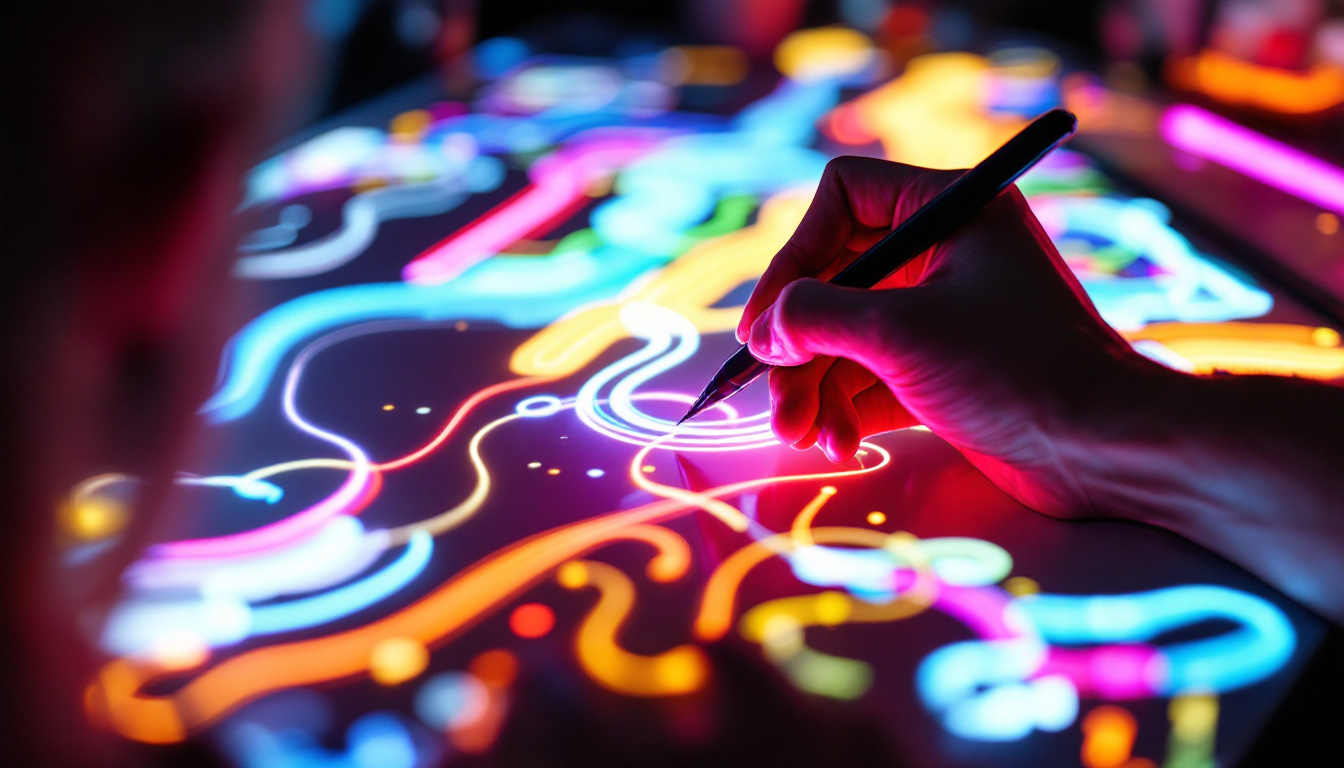In the rapidly evolving world of technology, LED displays have emerged as a cornerstone of modern visual communication. From large-scale advertising billboards to intimate home theaters, LED projection technology has transformed how we experience visual content. This article delves into the intricacies of LED displays, exploring their functionality, advantages, and applications across various sectors.
Understanding LED Technology
LED, or Light Emitting Diode, is a semiconductor device that emits light when an electric current passes through it. Unlike traditional incandescent bulbs, which generate light through heat, LEDs produce light more efficiently and with less energy consumption. This fundamental difference is what makes LED technology so appealing for various applications, particularly in display systems.
The Basics of LED Displays
LED displays are composed of numerous tiny light-emitting diodes arranged in a grid. Each diode can be individually controlled to produce a range of colors, allowing for vibrant and dynamic images. The combination of red, green, and blue (RGB) LEDs creates a full spectrum of colors, enabling displays to render images and videos with remarkable clarity and depth. This capability has made LED displays the preferred choice for everything from large outdoor billboards to high-resolution televisions.
There are two primary types of LED displays: direct view and backlit. Direct view LED displays consist of individual diodes that form the entire image, while backlit displays use LEDs to illuminate liquid crystal displays (LCDs) from behind. Each type has its own set of advantages and is suited for different applications. For instance, direct view displays are often used in environments where brightness and visibility are critical, such as in stadiums or concert venues, while backlit displays are commonly found in consumer electronics, providing a balance of performance and cost-effectiveness.
How LED Displays Work
At the core of an LED display is the pixel, which is the smallest unit of a digital image. Each pixel is made up of multiple diodes, with each diode representing a color channel. When a specific voltage is applied to a diode, it emits light. By adjusting the intensity of each diode, the display can create a wide range of colors and brightness levels. This precision in color mixing is essential for achieving accurate color reproduction, which is particularly important in applications like graphic design and medical imaging.
The control of these diodes is managed by sophisticated electronics that process incoming video signals. This technology allows for real-time adjustments, enabling the display to respond dynamically to changes in content. The result is a seamless viewing experience, whether for static images or fast-paced video. Additionally, advancements in LED technology have led to the development of features such as high dynamic range (HDR), which enhances contrast and color accuracy, making the viewing experience even more immersive. Furthermore, the longevity of LED displays, often exceeding 50,000 hours of use, contributes to their growing popularity, as they require less frequent replacement compared to traditional lighting technologies.
Advantages of LED Displays
LED displays offer numerous advantages over traditional display technologies, making them a popular choice for a variety of applications. Their unique properties contribute to their widespread adoption in both commercial and residential settings.
Energy Efficiency
One of the most significant benefits of LED displays is their energy efficiency. LEDs consume considerably less power than traditional lighting technologies, leading to lower energy bills and a reduced carbon footprint. This efficiency is particularly beneficial for large installations, such as outdoor billboards or stadium screens, where energy costs can be substantial. Moreover, the reduced heat output of LED displays means that they require less energy for cooling, further enhancing their overall efficiency and sustainability.
Longevity and Durability
LED displays have a longer lifespan compared to other display technologies. While traditional bulbs may last for a few thousand hours, high-quality LED displays can operate for over 50,000 hours or more. This longevity reduces the need for frequent replacements, making LED displays a cost-effective investment in the long run.
Additionally, LED technology is more robust and resistant to shock and vibration, which is crucial for outdoor applications or environments where displays may be subject to physical stress. This durability translates into lower maintenance costs and less downtime, allowing businesses to maintain a consistent visual presence without the interruptions associated with traditional display technologies.
Superior Image Quality
LED displays provide exceptional image quality, characterized by high brightness, contrast ratios, and color accuracy. The ability to produce deep blacks and vibrant colors enhances the viewing experience, making LED displays ideal for a range of applications, from cinema screens to advertising billboards.
The high refresh rates of LED displays also contribute to their superior performance, ensuring smooth motion and reducing blurring during fast-paced scenes. This makes them particularly suitable for video content, where clarity and detail are paramount. Furthermore, advancements in LED technology have led to the development of finer pixel pitches, allowing for closer viewing distances without sacrificing image quality, which is particularly advantageous in high-density environments like shopping malls and airports.
In addition to these technical advantages, LED displays are also highly customizable. They can be designed in various shapes and sizes, enabling creative installations that can fit any space or design aesthetic. This versatility allows businesses and organizations to create eye-catching displays that not only convey information but also enhance the overall ambiance of their environments.
Applications of LED Displays
The versatility of LED displays has led to their adoption in various industries, each leveraging the technology to meet specific needs. From advertising to entertainment, the applications of LED displays are vast and varied.
Advertising and Marketing
In the realm of advertising, LED displays have revolutionized how brands communicate with consumers. Digital billboards and signage allow for dynamic content that can be updated in real-time, enabling businesses to promote special offers, events, or new products instantly.
Moreover, the eye-catching brightness and vivid colors of LED displays attract attention, making them an effective tool for capturing consumer interest. The ability to display video content further enhances engagement, providing a more immersive experience than static signage.
Entertainment and Events
LED displays play a crucial role in the entertainment industry, particularly in concerts, festivals, and sporting events. Large-scale LED screens are often used to enhance the audience’s experience, providing clear visuals from a distance and ensuring that every attendee can see the action.
In addition to live events, LED technology is also utilized in theaters and cinemas, where high-resolution screens deliver stunning visuals that enhance the storytelling experience. The flexibility of LED displays allows for creative staging and immersive environments, pushing the boundaries of traditional entertainment.
Corporate and Educational Use
In corporate settings, LED displays are increasingly used for presentations, meetings, and training sessions. Their ability to display high-quality visuals makes them ideal for conveying complex information effectively. Interactive LED screens can also facilitate collaboration, allowing multiple users to engage with content simultaneously.
Educational institutions have also embraced LED technology, utilizing displays in classrooms and auditoriums to enhance learning experiences. The vibrant visuals can help capture students’ attention and facilitate better retention of information.
Challenges and Considerations
While LED displays offer many benefits, there are also challenges and considerations that potential users should be aware of before making a purchase. Understanding these factors can help ensure that the right choice is made for specific applications.
Initial Costs
One of the primary challenges associated with LED displays is the initial investment. High-quality LED technology can be more expensive upfront compared to traditional display options. However, it is essential to consider the long-term savings in energy costs and maintenance when evaluating the overall value of an LED display.
Installation and Maintenance
The installation of LED displays can be complex, particularly for large-scale outdoor installations. Proper planning and expertise are required to ensure that the display is set up correctly and functions optimally. Additionally, while LED displays are durable, they may still require periodic maintenance to ensure peak performance.
Regular cleaning and inspection are necessary to prevent issues such as dust accumulation or pixel failure. Users should factor in these maintenance requirements when considering the total cost of ownership for an LED display.
The Future of LED Display Technology
The future of LED display technology looks promising, with continuous advancements in design, efficiency, and functionality. As technology evolves, LED displays are expected to become even more integrated into our daily lives.
Innovations in Design
Recent innovations have led to the development of flexible and transparent LED displays, opening up new possibilities for creative applications. These displays can be integrated into various surfaces, such as windows or walls, allowing for unique advertising opportunities and interactive experiences.
Moreover, advancements in microLED technology are paving the way for even higher resolution displays with improved color accuracy and brightness. This technology is anticipated to revolutionize the consumer electronics market, offering stunning visuals for televisions and personal devices.
Integration with Smart Technology
As smart technology continues to gain traction, LED displays are expected to become increasingly integrated with IoT devices and systems. This integration will enable more personalized and interactive experiences, allowing users to control displays through smartphones or voice commands.
Furthermore, the incorporation of artificial intelligence in display technology could lead to smarter content management, optimizing what is displayed based on audience behavior and preferences.
Conclusion
LED projection technology has transformed the landscape of visual communication, offering unparalleled advantages in energy efficiency, durability, and image quality. Its diverse applications across advertising, entertainment, and education highlight its versatility and importance in modern society.
As the technology continues to evolve, LED displays are poised to become an even more integral part of our daily lives, enhancing how we interact with information and entertainment. Understanding the intricacies of LED displays and their potential will empower users to make informed decisions, ensuring they harness the full benefits of this remarkable technology.
Discover LumenMatrix’s Innovative LED Solutions
Ready to elevate your visual communication with the latest in LED display technology? Look no further than LumenMatrix, where innovation meets excellence. Our comprehensive range of LED display solutions, from Indoor and Outdoor LED Walls to specialized displays for Vehicles, Sports, and even Custom configurations, is designed to captivate your audience and amplify your message. Experience the future of digital signage with LumenMatrix and transform your space into a dynamic visual experience. Check out LumenMatrix LED Display Solutions today and see your vision come to life.

